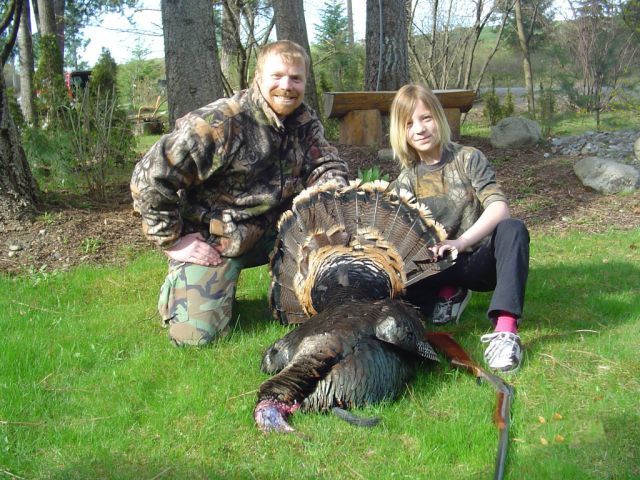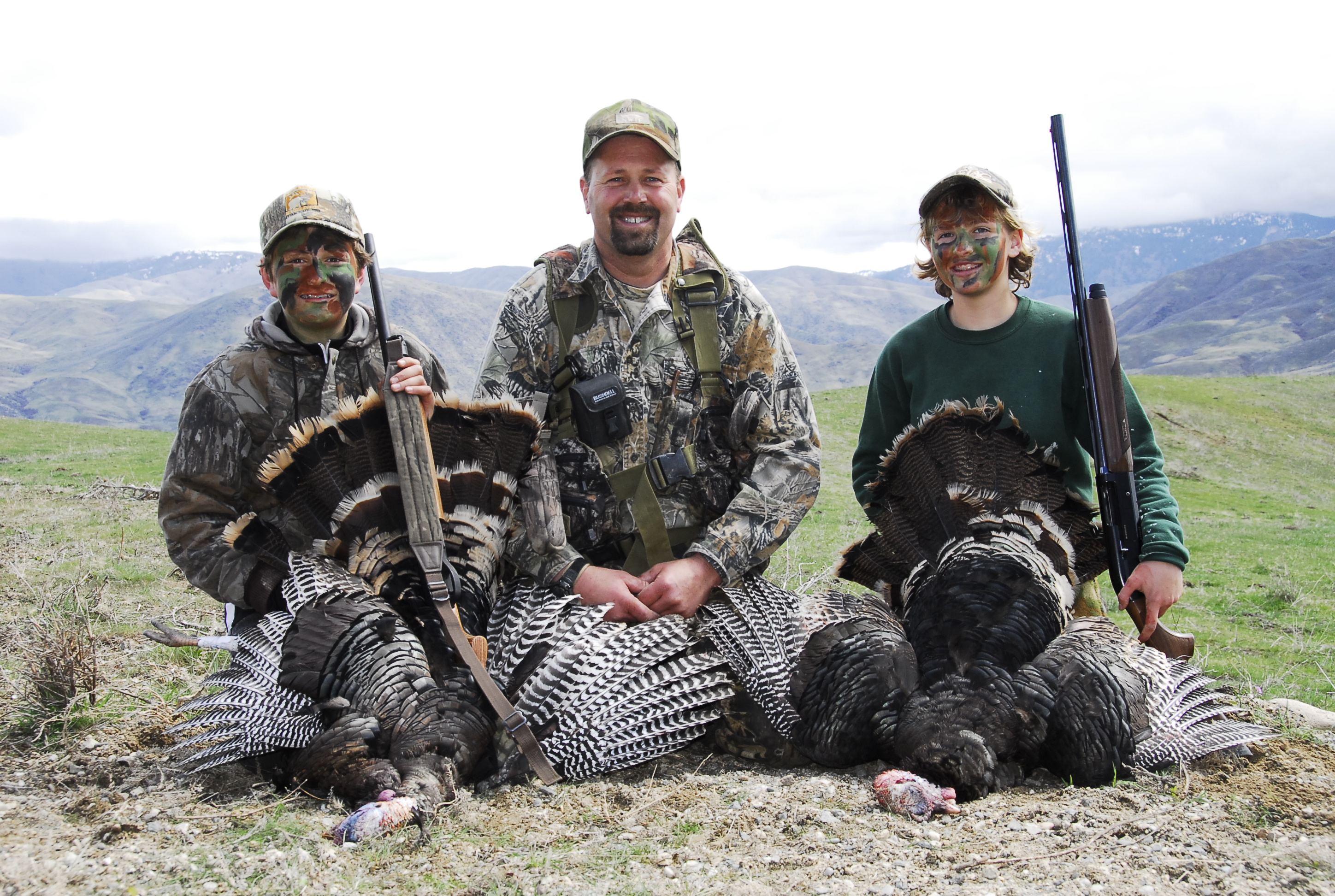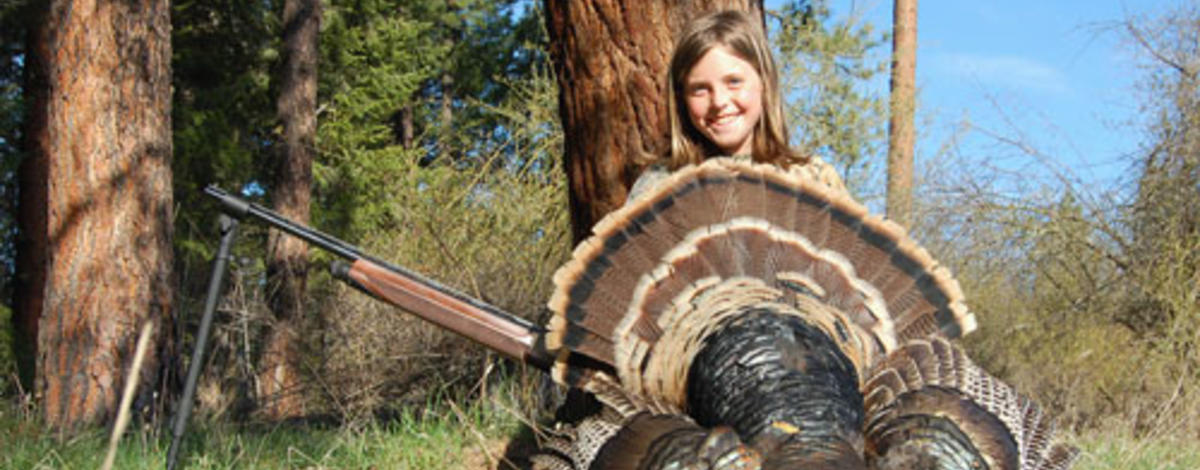Like other game, knowing a bit about your quarry and its habitat will make your turkey hunt more successful and enjoyable. Turkeys can be found in a variety of habitats. Diversity is important. Turkeys prefer to roost at night in large trees. Trees that are close to clearings with low brush and other ground cover are ideal. A diverse habitat will offer the varied diet of fruits, seeds, buds, nuts and insects they enjoy. Gobblers also like clearings where they can strut for interested hens.

Scout before opening day
You can’t harvest a bird if you don’t know where to find them. Ask a helpful hunter where they have gone turkey hunting in the past and look for signs of turkeys. Turkey tracks are large, measuring three and three-quarters to five inches long and four to five and one-fourth inches wide. Turkey scat is very distinctive. Gobblers have large droppings that are up to three inches long and often J-shaped. Hens have droppings that are less than an inch and look like a twisted lump. Also look for scratchings where turkeys have torn up the ground in search of food. Once you have an idea of where turkeys are located, visit the area later in the afternoon to locate roosting trees. Be still, quiet and listen for the birds. Turkeys will often call as they approach a roosting tree. Sit quietly until darkness falls then slip back to camp. You will want to remember this location. Before daybreak the day of your hunt, sneak in close to the roosting tree, find a large tree to sit against and wait for the birds to fly down.
Wear the right camouflage
Turkeys have keen eyesight and excellent hearing. These acute senses and the bird’s paranoid nature can make hunting turkeys an enjoyable challenge. Head to toe camouflage is a must when turkey hunting. You should never wear red, white, blue or orange. Not only will turkeys see you but so will other hunters looking for colorful turkey heads. You do not want to be the unintended target of another hunter. Blinds or camo netting can be handy yet cumbersome to move.

Practice your turkey calling
Turkey calling is a skill to learn. Turkeys make about 30 different vocalizations. Two calls are important to practice for hunting. The cluck is a single note with two to three seconds between each note. Hens cluck when they are relaxed or content. The yelp is three to eight notes long that turkeys make to locate other turkeys. Both calls are helpful to locate turkeys and bring them closer to your location. Stores sell many different types of calls. Mouth or diaphragm calls are often preferred because they are inexpensive, realistic and are hands-free so shotguns can be kept at the ready. Choose a call that feels right to you and practice. Gobblers often gobble when startled. An owl or crow call is helpful in determining if turkeys are roosting in a particular tree. Use locator calls sparingly. Turkeys can become desensitized if they hear a call too often.
Find the right shotgun
When choosing a shotgun, make sure it fits well. You want a shotgun that throws a good pattern with a full or extra-full choke. A shorter barrel can make it easier to maneuver through brush. As with any hunt, make sure to practice shooting your weapon before your hunt. Try out different loads for the tightest pattern. A minimum of 15 pellets in the head at 40 yards is generally a good tight pattern.
Now get out and locate those birds. Out-smarting a gobbler is an enjoyable way to spend a beautiful spring day!

